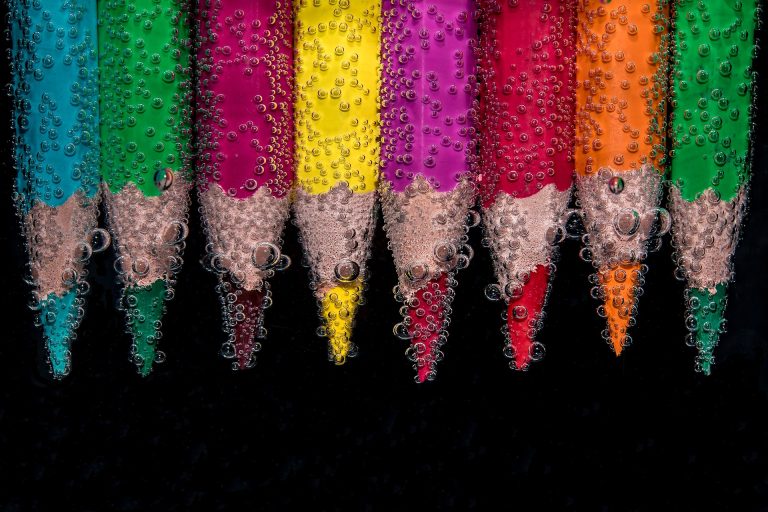Introduction
Chromatology, derived from the Greek words “chroma” (color) and “logos” (study), is a multidisciplinary field that investigates the nature, properties, perception, and application of colors. From ancient times to modern scientific inquiry, humans have been fascinated by colors and their impact on art, psychology, physiology, technology, and culture. This article delves into the rich history, principles, methodologies, applications, and contemporary research in chromatology, offering a comprehensive exploration of the science of colors.

Historical Evolution of Chromatology
The study of colors dates back thousands of years, encompassing diverse cultural perspectives and scientific developments. Ancient civilizations such as the Egyptians, Greeks, and Chinese documented their understanding and use of colors in art, symbolism, medicine, and ritual practices. For instance, the Egyptians developed pigments from natural minerals and plants for elaborate tomb paintings, while the Greeks explored the philosophical and physiological aspects of color perception.
During the Renaissance, artists such as Leonardo da Vinci and scientists including Isaac Newton made significant contributions to the understanding of colors. Newton’s experiments with prisms demonstrated that white light could be separated into a spectrum of colors, laying the foundation for modern theories of light and color.
Fundamental Principles of Color
Color is a perceptual phenomenon resulting from the interaction of light, an object, and the human visual system. Key principles governing color perception and representation include:
- Additive and Subtractive Color Mixing: Additive color mixing involves combining different wavelengths of light (e.g., red, green, blue) to produce a range of colors, as seen in electronic displays and digital media. Subtractive color mixing occurs when pigments or dyes absorb certain wavelengths of light and reflect others, resulting in perceived colors (e.g., in printing and painting).
- Color Vision and Perception: The human eye perceives color through specialized photoreceptor cells called cones, which are sensitive to different wavelengths of light (red, green, blue). Color perception is influenced by factors such as light intensity, color contrast, adaptation, and individual variations in color vision (e.g., color blindness).
- Color Models and Systems: Color models, such as RGB (Red, Green, Blue) and CMYK (Cyan, Magenta, Yellow, Black), are mathematical representations used to describe and reproduce colors in digital imaging, photography, and printing. Color systems like the Munsell Color System classify colors based on hue, value (lightness), and chroma (color intensity).

Methods and Techniques in Chromatology
Chromatologists employ a variety of methods and techniques to study and analyze colors across different disciplines:
- Spectrophotometry: Measures the intensity of light absorbed or transmitted by a substance across the electromagnetic spectrum, providing quantitative data on color properties and composition.
- Colorimetry: Quantifies color perception based on human visual response using colorimeters or spectrophotometers, essential for color matching, quality control, and color consistency in industries such as textiles, cosmetics, and food.
- Color Mixing and Matching: Techniques include color mixing experiments, color wheels, and color harmonies used in art, design, and aesthetics to achieve desired color effects and combinations.
- Color Psychology: Investigates the psychological effects of colors on human emotions, behavior, and cognition, influencing applications in marketing, branding, interior design, and therapeutic settings.
- Colorants and Pigments: Studies the chemical composition, synthesis, stability, and application of colorants (natural or synthetic) and pigments in industries such as paints, inks, plastics, and cosmetics.
Applications of Chromatology
Chromatology finds diverse applications across various fields and industries:
- Art and Design: Artists and designers use color theory, psychology, and techniques to create visually appealing compositions, convey emotions, and evoke sensory experiences through paintings, sculptures, graphics, and multimedia artworks.
- Technology and Display: Engineers and scientists develop color display technologies (e.g., LCD, OLED) for televisions, monitors, smartphones, and digital signage, optimizing color accuracy, resolution, and energy efficiency.
- Printing and Packaging: Printers and packaging manufacturers utilize color management systems and spectrophotometers to achieve consistent color reproduction, quality control, and brand identity in printed materials, labels, and packaging.
- Textiles and Fashion: Textile designers and fashion brands rely on color analysis, dyeing techniques, and color trends to create fabrics, garments, and accessories that resonate with consumer preferences and seasonal fashion trends.
- Medicine and Healthcare: Researchers explore the use of chromotherapy (color therapy) for treating certain medical conditions, promoting psychological well-being, and enhancing healing environments in hospitals and care facilities.

Current Research and Future Directions
Contemporary research in chromatology focuses on advancing color science and its applications in emerging fields:
- Color in Virtual Reality (VR) and Augmented Reality (AR): Innovations in immersive technologies require accurate color rendering and calibration to enhance user experiences and realism in virtual environments.
- Environmental Impact of Colorants: Studies evaluate the environmental sustainability of colorants, assessing their ecological footprint, biodegradability, and potential alternatives in eco-friendly products.
- Color and Human-Computer Interaction (HCI): Researchers investigate color perception, readability, and accessibility in interface design, improving usability and user experience in digital interfaces and interactive systems.
- Biological Significance of Coloration: Biologists explore the evolutionary and ecological roles of color in animal communication, camouflage, mate selection, and predator-prey interactions across diverse species.
- Nanotechnology and Optoelectronics: Advances in nanomaterials and photonics enable the development of ultra-compact, high-resolution color displays, sensors, and imaging technologies for biomedical diagnostics, environmental monitoring, and telecommunications.
Conclusion
In conclusion, chromatology represents a multifaceted discipline encompassing the scientific study, application, and appreciation of colors across art, science, industry, and everyday life. From ancient cultural traditions to modern scientific inquiry and technological innovations, the exploration of colors continues to inspire creativity, enhance human experiences, and drive interdisciplinary research. As we navigate the complexities of color perception, representation, and application, chromatology remains at the forefront of advancing knowledge, innovation, and understanding in the dynamic world of colors.

